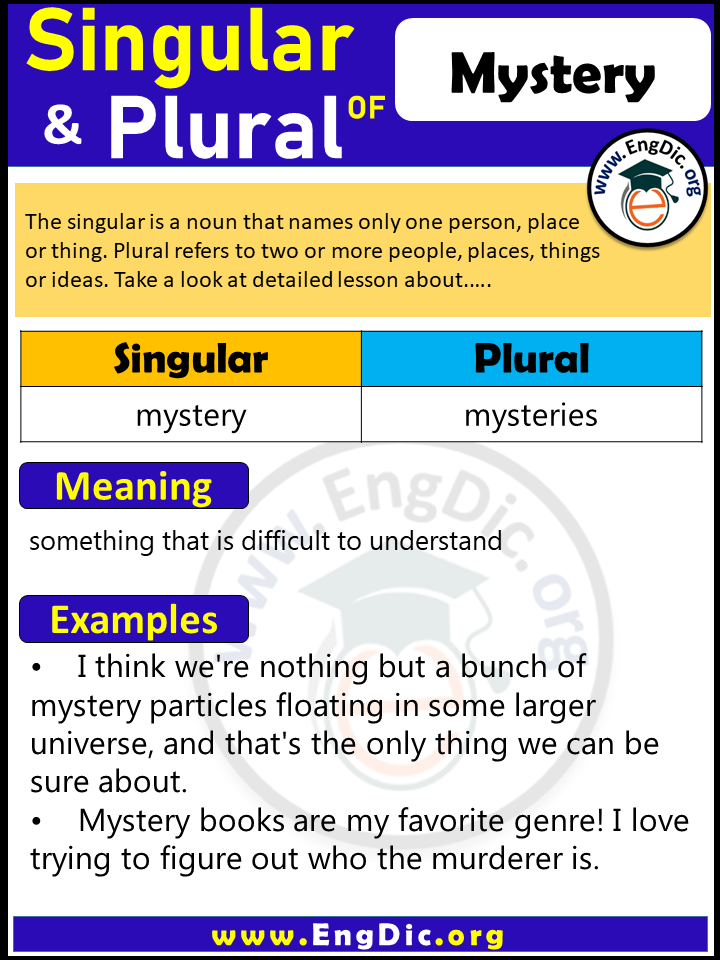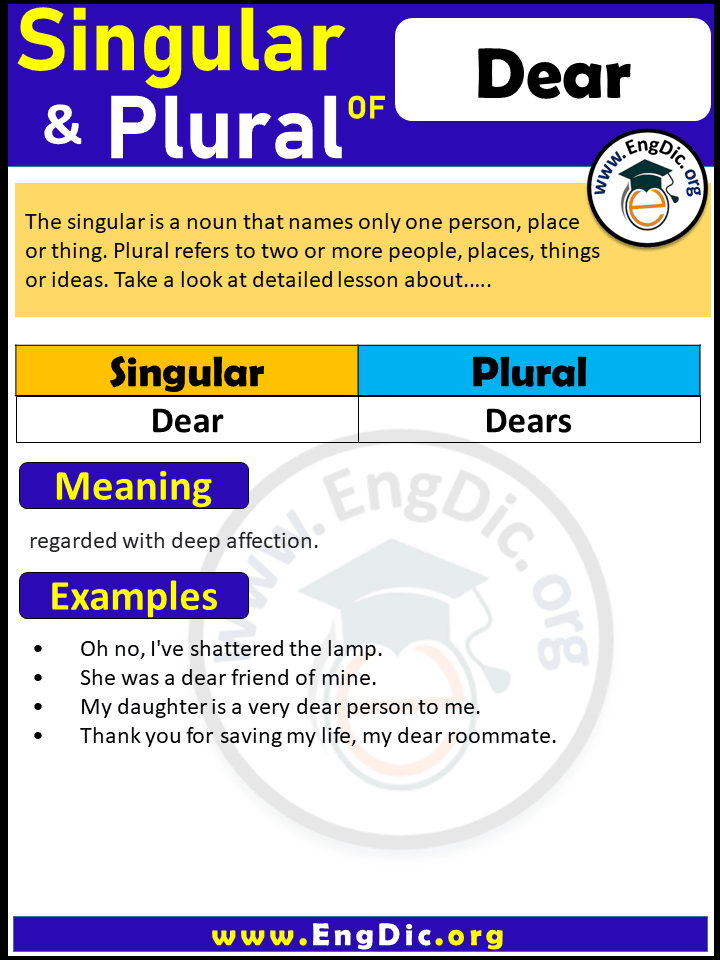The word “before” does not have a distinct plural form. It is an adverb and a preposition that indicates time or position relative to something else. As such, it does not typically require a plural form because it is not a noun or a countable entity.
In English grammar, plural forms are used to indicate more than one of something. However, with adverbs and prepositions like “before,” the concept of plurality does not apply in the same way. These words are used to modify or describe nouns, but they themselves do not have a plural form because they do not represent objects that can be counted or quantified.
For example, consider the sentence: “I saw her before the meeting.” Here, “before” indicates the time at which the action of seeing occurred, but it does not change whether there is one meeting or multiple meetings. The word “before” remains the same regardless of the number of meetings.
In some cases, you may encounter a phrase like “befores and afters” or “befores and afters of a transformation,” where “befores” is used colloquially to refer to the state or condition prior to a change or transformation. However, this usage is not a grammatical plural form of “before.” Instead, it is an informal way of referring to the “before” stage or the initial state of something.
In summary, the word “before” does not have a distinct plural form because it is an adverb and a preposition that does not represent countable objects. It remains the same regardless of the number of nouns it modifies or describes. While you may come across informal usages like “befores” in specific contexts, it is not a grammatical plural form of “before.”






